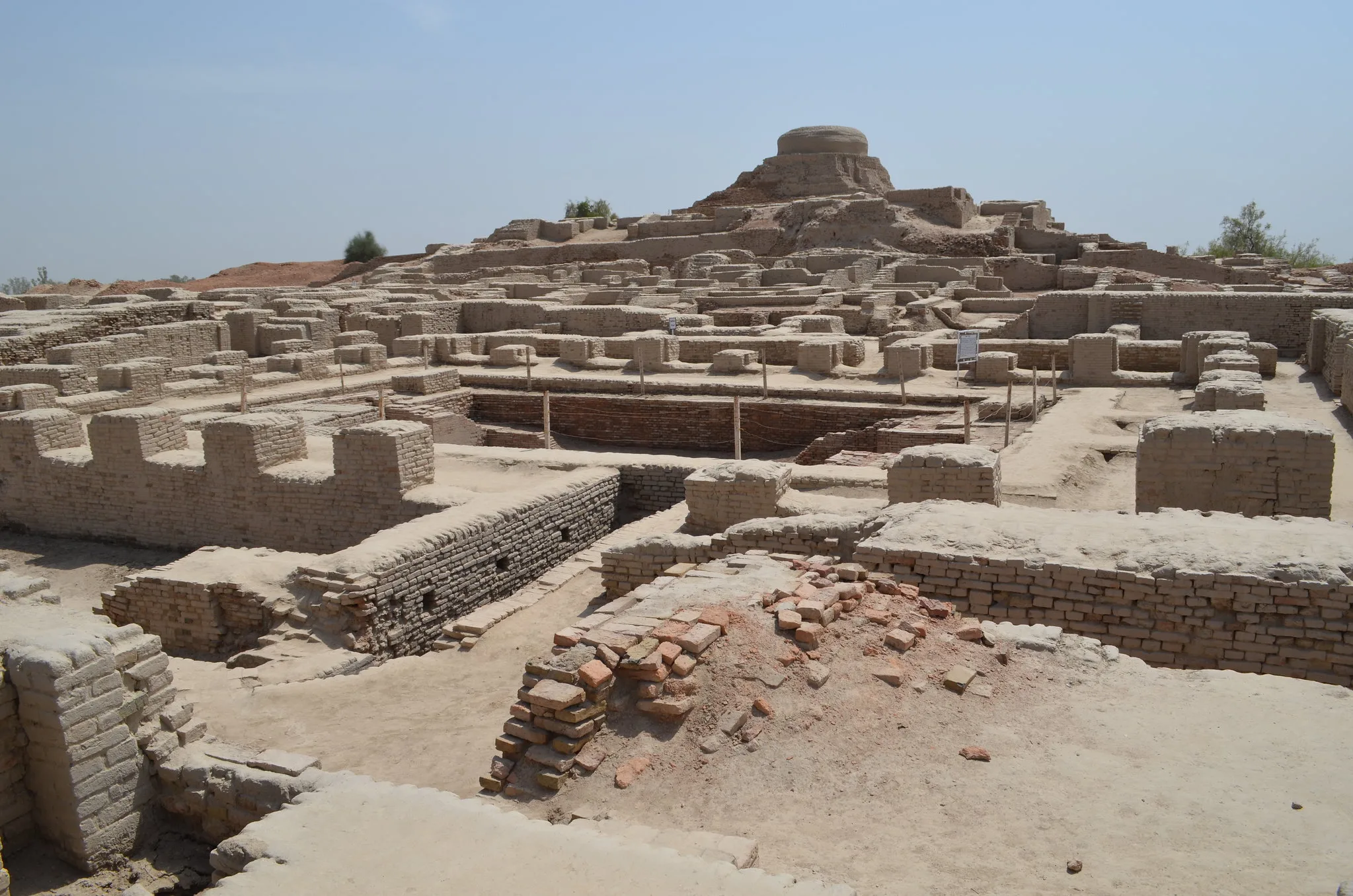The Government of Haryana has officially declared two historically significant sites associated with the over 4,400-year-old Harappan civilisation, located in the Bhiwani district, as protected monuments and archaeological sites. These sites are situated in the adjacent villages of Tigrana and Mitathal.
According to a notification issued on 13 March by Kala Ramachandran, Principal Secretary of the Department of Heritage and Tourism, an area encompassing 10 acres in Mitathal has been designated for protection. The declaration has been made under the provisions of the Haryana Ancient and Historical Monuments and Archaeological Sites and Remains Act, 1964.
A senior official from the state’s Department of Archaeology informed The Indian Express that protective measures will now be undertaken, including the installation of fencing and the deployment of security personnel at the site.
The initiative has been welcomed by Dr Narender Singh Parmar, Head of the Department of History and Archaeology at the Central University of Haryana (Mahendragarh), who noted that in the absence of formal recognition, the local population had been utilising the site for agricultural purposes, resulting in the partial destruction of both Mitathal and Tigrana. He emphasised the necessity of prompt official action to preserve the remnants.
Under Dr Parmar’s supervision, a research team from the Central University has conducted four excavation campaigns at the site—in the years 2016, 2020, 2021, and 2024.
The official notification references earlier excavations conducted at Mitathal in 1968, which provided valuable insights into the Copper-Bronze Age cultural complex of the Indo-Gangetic divide, dating to the 3rd and 2nd millennia BCE. The archaeological significance of the site was initially recognised in 1913, following the discovery of a hoard of coins belonging to Samudra Gupta, one of the most distinguished rulers of the Gupta dynasty. Between 1965 and 1968, excavators unearthed beads and copper tools, shedding light on proto-historic activity in the region.
Authorities have stated that the findings at Mitathal reflect Harappan traditions in urban planning, architectural practices, and craftsmanship. The pottery discovered consists of well-fired, durable red ware adorned with black-painted motifs such as pipal leaves, fish scales, and other geometric designs.
A diverse array of artefacts has been retrieved from the site, including beads, bangles, and items crafted from terracotta, stone, shell, copper, ivory, and bone.
Concerning Tigrana, the official notification highlights the significance of post-Harappan remains in understanding the evolution and continuity of human habitation in the area. Archaeological evidence suggests that the region was initially settled by Chalcolithic farming communities as early as 2400 BCE. These early inhabitants, who are commonly referred to as the Sothians, resided in small mud-brick dwellings with thatched roofs in settlements such as Chang, Mitathal, and Tigrana. Some of these settlements were likely fortified and comprised between 50 and 100 homes. The inhabitants practised agriculture, domesticated animals including cattle and goats, and utilised wheel-made pottery with bichrome black-and-white decorative patterns. They made extensive use of copper, bronze, and stone implements.
Officials further noted that the discovery of Pre-Siswal, pre-Harappan, and post-Harappan artefacts at Tigrana constitutes a major archaeological breakthrough. The presence of beads and green carnelian bangles suggests a flourishing industry in bead-making and jewellery production.
